The Evolution of Esports
July 28 2017
“Events back [in the day] were very grassroots. There were, at first, huge BYOC (Bring your own computer) tournaments. Most of those tournaments you went to didn’t even have invites. They were open bracket. It was all set up so that regardless of whoever wanted to show up to play, the bracket was large enough for that...”
- Shane "Rapha" Hendrixson
Esports began as an industry with no restrictions. Anyone of any age could go to the events, big or small, and compete among the best in the world. For Shane “Rapha” Hendrixson this was everything. At only 14 years old he competed in the open bracket of Quakecon 2003, and although he'd lose, this very experience would ignite his career.
Years later, Shane “Rapha” Hendrixson would look back on that tournament as the winner of 5 QuakeCons Championships in 2009, 2011, 2013, 2015, and 2016. Now widely respected as a Quake legend, and top tier Overwatch player, he has been an active observer and player through many eras of the pro gaming scene.
As a product of the “old way”, there is much to be learned from the experiences of veterans such as Rapha regarding the past, present, and future of Esports.
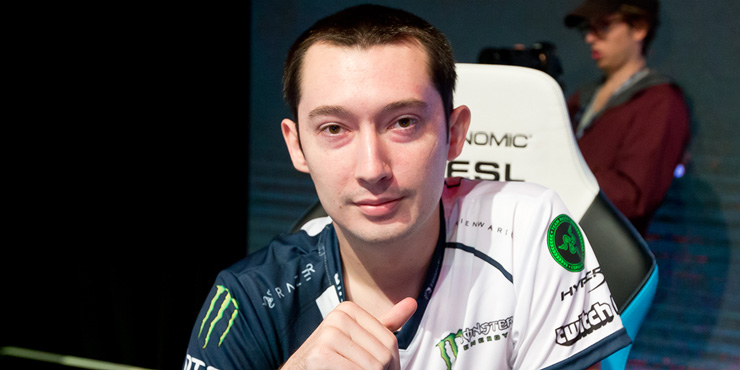
Esports’ Past
“The first time I competed at a QuakeCon was in 2003, that was when I told myself that I wanted to give 1v1 a shot. I spent 2-3 months beforehand trying to get good and learn what I needed to do. I did very well in the qualifiers at the event, but I ended up losing right before they made the bracket double elimination.”
Years ago, most esports events allowed anyone who wanted to compete to do so. Today, the audience is simply too large to let everyone have their shot. Rapha explains, “you don’t see that at all anymore. People who are on the outside looking in, the underdogs, don’t always get a chance to try and prove themselves and get better. Usually due to the size of the tournament pool.”
As the years have passed and esports evolved, fewer titles hang on to the “old way”. Smash Brothers remains as one of those--it's a living relic from the era when playing games for a living was almost mythic; dreamt about by kids on schoolyards and known only to those who knew where to look.
It’s sad to think that the accessible system that sparked the passion in many gamer’s hearts has been all but lost. Rapha shares in this sentiment saying, “I definitely do miss it every now and then having really huge tournaments where anyone who wants to play can play, and they don’t have to feel locked out.”
The evolution of tournaments and leagues is not the only thing that has changed either. As competition became more elite and regulated, so did sponsor requirements, team expectations, and practice times. The more that people accept video games as a viable sport, the more organizations have wanted to get the most value out of their players and contracted teams.
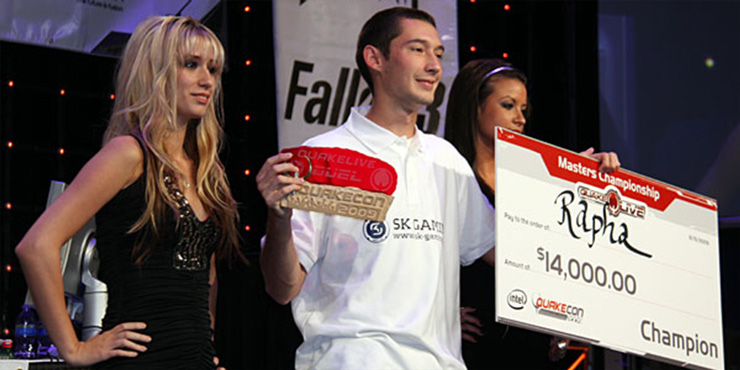
Rapha continues, “Well I know back in the day with certain sponsorship, you didn’t necessarily need to use the sponsored gear. I think that movement started in 2011 when sponsors really started to push that since they were providing teams with their sponsorship money we need our players to play with our gear at the professional level. They can’t just say that they do it and come to a pro event with something else.”
On top of that, some of the earlier organizations didn’t actually have requirements for the amount of practice time. Rapha was part of this firsthand, “When I was sponsored by SK I wasn’t contractually obligated to practice a certain amount of hours. It was all up to myself to determine what I needed, whether it was to play more or get more rest. It was more under my control. I just did what I felt was right for myself as a player.”
All the aforementioned practices are nearly unheard of today, and esports underwent a vast number of additional changes over the last decade as both the audience and financial support has grown exponentially. We could sit all day reminiscing over the beginnings of our great competitive scenes, however there is something more important than looking back towards the past. Where are we right now?
The Expanding Present
The Good
The esports community certainly made great strides with both positive and negative changes. The drive to improve both players and team environments persists through the years, with some of the largest organizations employing a number of tactics to increase quality of life. Team houses, support staff, and an increasing numbers of substitute players are all becoming more common.
Rapha explains some of the benefits, “I’m really glad to see that has been happening, which kinda started in League of Legends, is the trend of trying to get actual coaches, analysts, and help staff for the players. Especially with the sheer number of grueling hours that teams were having to put in at the time. It’s really good to have that outside voice and perspective that can really help bring you guys together and help problem solve for you.”
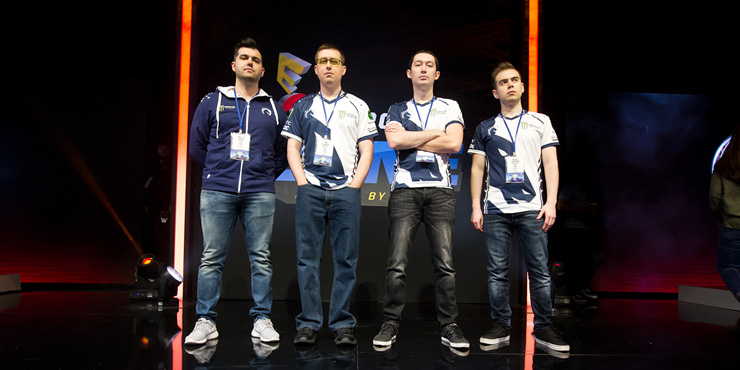
But as the practice requirements implemented by today’s teams began to increase, so to did a wave of strain, mental exhaustion, and too little time. With the introduction of support staff that’s more akin to traditional sports teams, it seems to have curbed a lot of the negative effects.
He continues, “There is only so much time you have available to yourself. It’s really exhausting if you are playing 8-10 hours of competitive practice per day and then on top of that you need to, by yourself, try and find the time to study up on an opponent, game plan against them etc. Also small things like eat, sleep, decompress, you know. You just end up running out of hours in the day.“
It’s encouraging to see modern organizations recognize the needs of their players. With games like League of Legends garnering over 100,000,000 players, Hearthstone over 70,000,000, and Dota 2 and Overwatch each respectively above 30,000,000; the investment opportunities are there and teams are willing to spend money on ways to improve and care for their athletes.
Whether you follow your favorite organization, players, or both; now more than ever esports inspires. Fans, investors, and venues are becoming more and more eager to join in on the grandeur of the largest competitions and tournament circuits. Everyone loves a good competition and here Rapha tells us how he enjoys being both the viewer and the player.
“I’ve always loved to play onstage, that pretty much answers that *laughs*. I like it a lot. For example, even for myself, I don’t have the time to play fighting games but I do like them, and I know the feeling I get when I watch a stream of Street Fighter or Killer Instinct. I’ve looked and I know how good the players are and I get to watch it at the highest level, I know the feeling of rooting for people and seeing that skill. I know that not just myself but my teammates and opponents help to bring that to a lot of people who love the game. I’m glad that I can showcase that and that people enjoy it.”
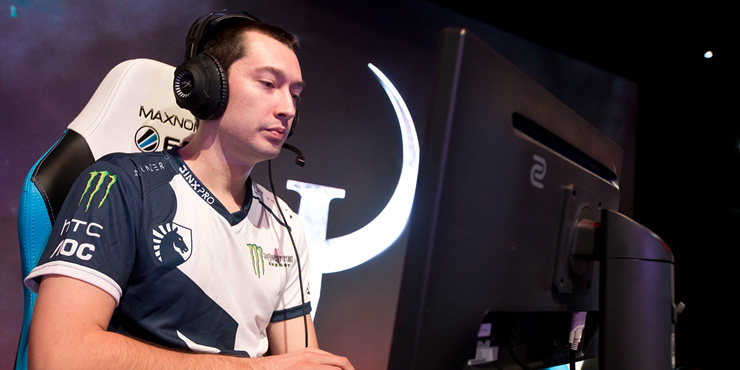
The Bad
It's inevitable that despite much positive increase, there would be a few bumps in the road too.
In our rush to match the intensity of traditional sports, some teams seem to have taken practice scheduling, and the hours required by major organizations, to the next level. “I don’t think a lot of people have a good grasp on practicing," Rapha tells us. "Some people equate getting better to the quantity of practice. They think you need to put in absurd amounts of time to get better but it’s really about quality. I think what you’ve seen in various players in League of Legends, Counter Strike, and even in Overwatch players either: Play so much that they have RSI issues or carpal tunnel, things like that when they are over playing without taking time to rest and take care of themselves.”
And while the practice is a necessary part of an esports athlete's daily regimen, there seems to be aspects that lack precise, directed, and goal oriented sessions -- “ They [sports teams] don’t practice the same things all of the time."
He continues,"There’s time set aside for weight training, practicing specific areas of your game(shooting, throwing, pitching, you name it), studying up on the next opponent, game planning, and then finally you have some team practices trying to bring it all together. The practice is in more of a precise form and set goal on each area than just practice practice practice. It’s about refining everything bit by bit and getting it to be a better overall game. But sometimes they feel like they're expected to put in more than they already do and can burn themselves out since there isn’t this feeling of separation of work and home.”
The point he makes is clear, the monotony of so many hours of the same thing is an important issue that needs to be tackled. Luckily the support staff of today is working to eliminate some of these issues, however things like overestimating how much practice is realistically needed is something that can’t be easily helped. Rapha tells us, “ For myself, I would say that sometimes we practice too much. However Liquid and other organizations look at it like it is a professional sport and they feel like, for what they’re putting in, they want the very best to come out of it. I don’t blame them.”.
Following the issue of practice, Gaming houses are one of these things that can be both a positive and negative issue. While the thought process behind them is certainly on the right track, there is much still to be learned. Rapha puts this simply, “If you look at the difference between sports and Esports so far: Football teams, basketball teams, baseball teams don’t put all their players in a house together. Where they have no feeling of separation from work and rest.”.
The Fix
Regarding both practice and gaming houses, Rapha's ideal situation "would be to have an office of some kind to gather to play, review, and practice as a team. Then we would have separate living quarters. I think that’s more beneficial. I know that from playing together in a boot camp environment it definitely does make an impact to be there in person to go over ideas and to quickly be able to problem solve and fix issues.”
The advantages of being able to bring all the players together are hard to argue. However perhaps the next step in the evolution of these houses is to make them optional. Perhaps even convert them to offices while providing a living allowance to players who want to live off site in an apartment.
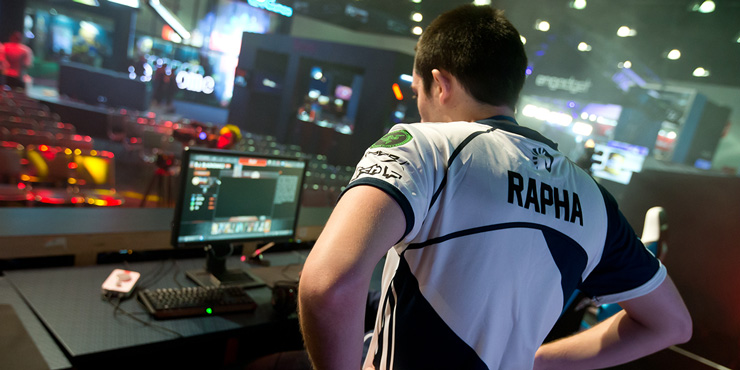
Rapha continues on the topic of gaming houses, “I think there is definitely great value to the idea. That being said in Overwatch you have six people, not including a coach and help staff, that’s a lot of personalities and pet-peeves to deal with on the regular. Eventually if you are around each other too much you will get under each other's skin so I think it’s good to feel like you are coming to work then afterwards you get to go home, reflect, relax, do whatever you want then be ready and rested the next day."
Concerning the endless hours of practice required by organizations, he says, “I’ve always found it helpful for myself that when I play really heavily for awhile it’s good to take a step back and relax for a bit. It’s good to let your mind naturally go over things while you’re doing something else so when you come back to the game you aren’t just going through the motions. You come back fresh about what you’re thinking about and you’re going to play better because you’re improving. You’re not just doing the same grinding things over and over, you’re actually improving at a greater rate than you would by simply practicing an insane amount of time.”
A Hope for the Future
Riot games is one of the major brands, along with Valve and others, that have paved the way for esports as we know them. With more and more competitive events showing that you can fill arenas for video games just as well as traditional sports, increasingly ambitious projects are rising up.
One of the most anticipated endeavors to date is Blizzard’s Overwatch League. We have very little information other than the scale of the league, which is set to rival League of Legends despite only having less than a third of the player base. With most of the community’s pent up anticipation causing unsubstantiated rumors to fly around, we won't be addressing what the league will be like. However what we can do is postulate the stakes that are on the table if this venture succeeds or fails.
The real question is whether or not Esports is prepared for a nationwide city based league. Have me come far enough with third party brands and investors to be on board with the costs normally associated with league slots? I’ll leave the final thoughts to Shane, our resident Champion and Overwatch player who was kind enough to aid in this overview.
“I think the progression of streaming and exposure has really helped propel Esports into a place where we can even think they can do this or even attempt to do this at this time. Really, what Blizzard is doing could make or break Esports for the next decade. What they are taking on is no small thing. I get what they are trying to do, one of the things that have been a problem in comparison to traditional sports is that people usually will root for teams more so than an individual player. Even if their favorite player leaves their team, yea they will still root for them and watch them occasionally, but they will still be tied to their team.
I think that can have it’s place in esports. Definitely ten years ago no I don’t think it would have worked. You didn’t have the same type of exposure, I don’t think the timing was right generation-wise, you have more younger people now who are into gaming. I don’t know if this is something that you can take to television though, because of the way the television market is designed and the type of regular viewers you need for how much T.V contracts cost. Maybe if it’s more geared towards streaming via internet and eventually trying to get people to go to stadiums, which is what Riot Games has slowly done, to view these really important tournaments. You can see that there is some success, people like showing up in person if they actually matter and there is a lot on the line. Overall it’s something that really hasn’t been done before, so it’s exciting but it’s also kind of scary to think about what happens if this doesn’t work.
I think that can have it’s place in esports. Definitely ten years ago no I don’t think it would have worked. You didn’t have the same type of exposure, I don’t think the timing was right generation-wise, you have more younger people now who are into gaming. I don’t know if this is something that you can take to television though, because of the way the television market is designed and the type of regular viewers you need for how much T.V contracts cost. Maybe if it’s more geared towards streaming via internet and eventually trying to get people to go to stadiums, which is what Riot Games has slowly done, to view these really important tournaments. You can see that there is some success, people like showing up in person if they actually matter and there is a lot on the line. Overall it’s something that really hasn’t been done before, so it’s exciting but it’s also kind of scary to think about what happens if this doesn’t work.
Regardless of what the future holds, we will continue to do what we love: Give support to your favorite teams, streamers, players, and games. Play hard and forge ahead with confidence.
We as a community will continue to grow internally and externally. We will continue to command respect and recognition from outsiders on the global stage. It’s been a hell of a ride so far boys and girls and we’re just getting started.
Following Rapha's interview with TeamLiquid.com, he would announce stepping down from the Liquid Overwatch roster to return to his roots as a Quake player.
Don't forget to keep checking TeamLiquid.com for the latest in TL news, events, and features! And follow us on social media to keep track of our teams.